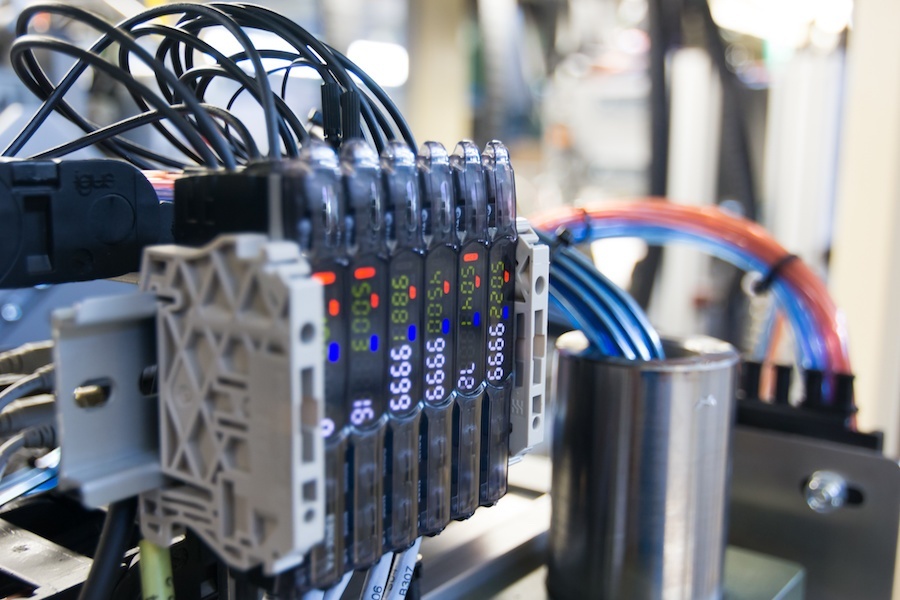
Automated industrial processes are at the heart of industrial plants, and a programmable logic controller (PLC) plays an important role. It is the work of PLCs, which are small, sturdy computers, to run circuit breakers, control pumps, fans, and other essential machines in a factory set up.
PLCs are in traffic signals, automatic car washes, elevators, amusement park rides, and other equipment that make your life fun and easier.
They are ideal for various applications because of their ease of programming, control, and reliability even in the harshest of conditions. PLCs have a brain or the central processing unit that receives programming instructions through P L C Programming. This is to control the output signals and fulfill the necessary automated tasks.
But how do you pick a suitable PLC for your factory? Here’s how.
The CPU Speed
The processing speed of the PLC must be sufficient to handle data collection and the inputs/ outputs necessary for your application. If it is too slow or when the memory is too low, the industrial processes may not be as efficient, and this negatively affects productivity.
Consider the number of devices you have and the application. How long does the CPU take to complete one cycle? One CPU cycle, in this case, is the gathering of inputs, performing the program, and updating the outputs.
Programming Requirements
The programming requirements for a particular automated process vary depending on the tasks and the equipment available. Do you need special programming, or is basic programming sufficient?
Are you comfortable dealing with assembly language, or would you want to try out a higher-level language? Your choice of programming determines the ease of use, development, maintenance, and troubleshooting.
System Requirements
There are different types of PLC, and the ideal one is a matter of the type and number of applications or tasks you need to be fulfilled. Consider if the system needs to be built from the ground up, or you already have the products in place. Matching the PLC’s functionality with your applications is critical for success.
The Inputs and Outputs
A PLC cannot function without the inputs and the outputs. They are at the center of the computers’ functioning. How many I/Os do you have, and what are their locations?
The ideal PLC is the one that handles a large number of different I/Os, including the discreet and analog. The location of the I/Os can be remote or localized, which is also an important consideration. Some PLCs can handle the local and the remote I/Os. But some cannot.
The number of I/Os that the system has or requires will determine the size of the chassis. So, how much space can you spare for the chassis?
Communication Protocols
PLC needs particular communication systems and devices to manage industrial automation. While some of these compact computers will come with inbuilt communication ports, others need additional modules or options such as Ethernet for communication.
It is not always the case that one PLC fits all applications. Know your programming, system requirements, and the I/Os, among others, before you settle on a particular unit.
